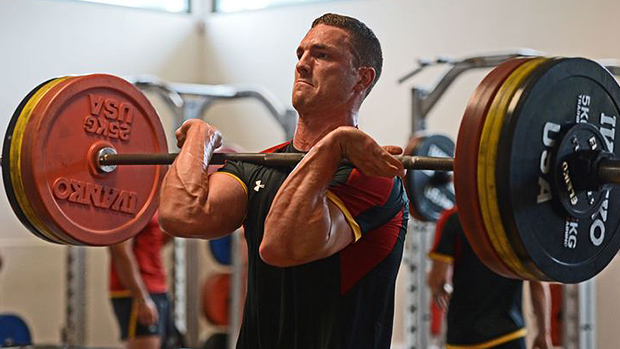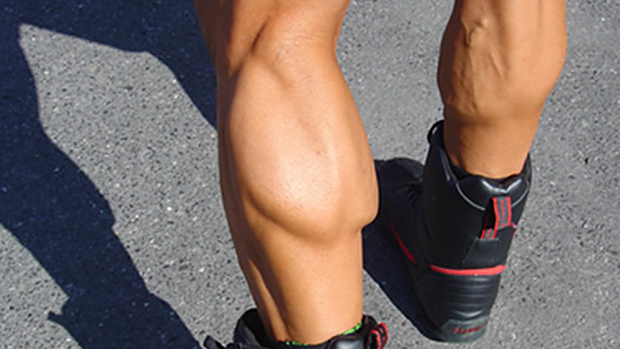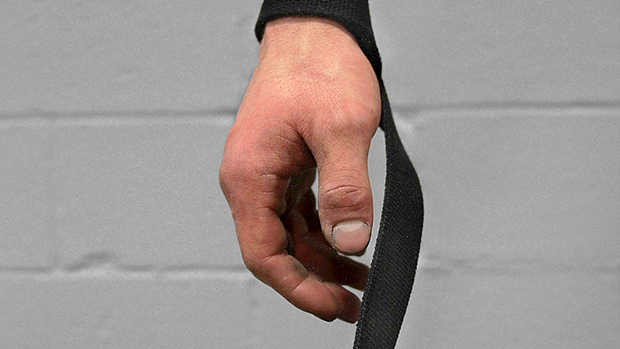I'm a former Olympic weightlifter. Did it full time for six years. The simpler variations have many benefits for athletic performance. Regardless, they're some of the most misused lifts around.
I see a lot of coaches, who often have no formal experience with Olympic lifting themselves, throw these into a client's program blindly, as if they're just another lift. They aren't. Even the simpler variations are high-skill moves. They require a higher level of coordination than your regular barbell lifts and they're also dependent on acceleration and timing.
If you don't have the coordination, timing, and capacity to explode you won't be able to use enough weight to create a training effect, and you might risk injuries.
Three Prerequisites for Learning the Olympic lifts
- Be able to do a perfect hip hinge under load, bringing the bar down to at least below the knees with perfect form. If you can't do that with your 0.7 x bodyweight (women) and 1 x bodyweight (men) for at least 5 reps, you have no business even thinking about learning the Olympic lifts.
- Be able to do a technically perfect front squat. Use a clean grip with the elbow held high (and ideally a full grip, not a finger tip one), chest up, straight back, and full range of motion. Under load of course.
- Be somewhat efficient at jumping. Height isn't the most important thing here, but what I'm looking at is "jumping strategy." Does the body stay in a biomechanically correct position during the various phases of jumping?
Do you need to squat down low to jump or do you take a short dip, which is better for Olympic lifting than a long, slow dip? How is the transition from the dip down to the jump up? Slow, fast, or violent? If you have a slow transition you're not ready to learn the Olympic lifts. How can you be explosive with a barbell if you can't be explosive with only your bodyweight?
If you can't do these three actions with a high level of efficiency, you shouldn't do the Olympic lifts yet.





